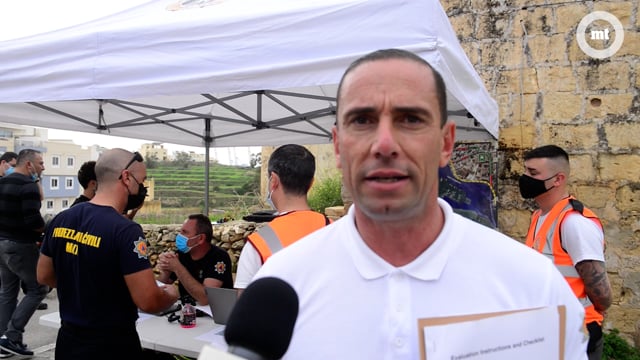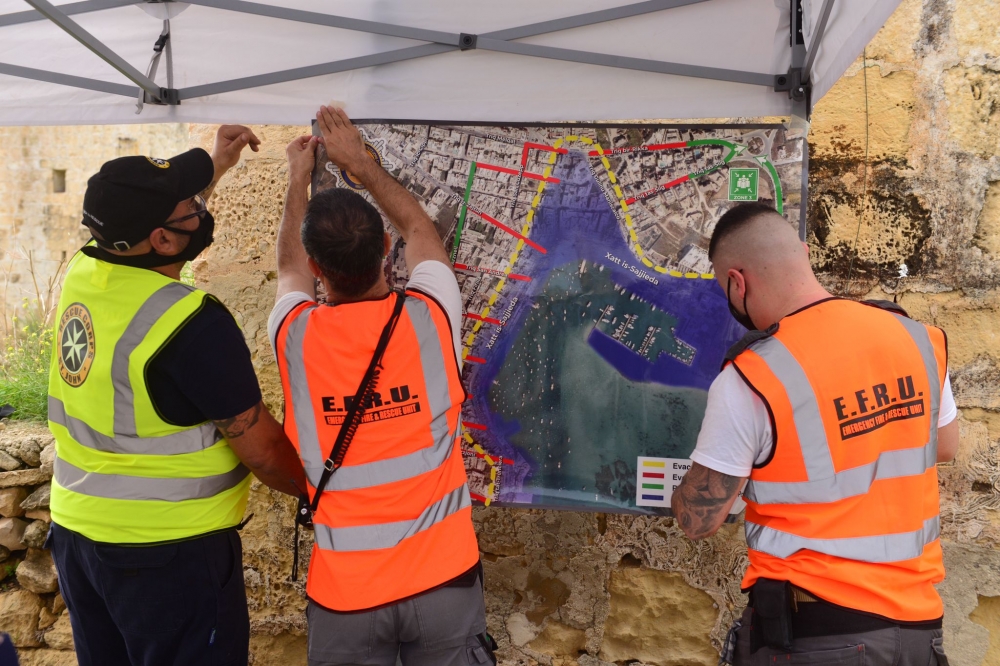[WATCH] Civil Protection carries out Malta’s first national tsunami exercise at Marsaxlokk
Malta’s first national tsunami simulation exercise that dealt with the eventuality of 1.5m waves was held at Marsaxlokk


Civil Protection carried out Malta's first national tsunami exercise on Friday morning to raise awareness and test its preparedness.
The department coordinated an evacuation operation in Marsaxlokk as part of a simulation in the event of a tsunami with waves ranging between 1m and 1.5m hit Malta.
The exercise tested law enforcement communication between entities and operational procedures while promoting preparedness for emergencies that may arise.
Residents were informed that this exercise would take place. The roads were all closed, so there was no access from inside or outside the neighbourhood.



Marsaxlokk was chosen because it is one of the most low-lying localities and likely to be hit hardest in a tsunami.
Home Affairs Minister Byron Camilleri explained how no country is protected from natural disasters and because of this, Malta must prepare for such emergencies.
He said the investment made in recent months to strengthen the Civil Protection fleet meant that the department was sufficiently equipped to carry out such exercises.
"We have spurred an unprecedented investment to develop the skills and knowledge of the workforce. In fact, in the last two years we have invested around €300,000 in various types of training, from academic to more specialised," "Camilleri said.


The Director-General of Civil Protection Emanuel Psaila said that the department had organised awareness sessions with the residents of Marsaxlokk and consulted with the local council, the primary school and the association of hoteliers and restaurants.
While synergy between law enforcement is always crucial, in such a delicate operation, this cooperation is the key to success, Psaila said.
Tsunamis can happen in the Mediterranean Sea and according to the Italian National Institute for Geophysics and Vulcanology, since 1600 B.C. to the present day at least 290 tsunamis have occurred in the Mediterranean, some of them destructive.
One of the most recent occurred on 30 October 2020 when a 7-magnitude earthquake located north of Samos Island in Greece generated a tsunami that hit the Dodecanese islands and Turkey. The tsunami reached runups greater than 1.5m and, locally, peaks close to 2m in height were recorded.
Widespread damages were recorded in Izmir province where the withdrawal of the sea followed by the tsunami was observed and the rush of the waters caused one victim. Damages were also recorded on Greek islands, in particular Samos.






.jpg)
















